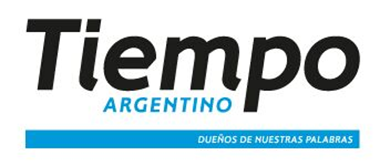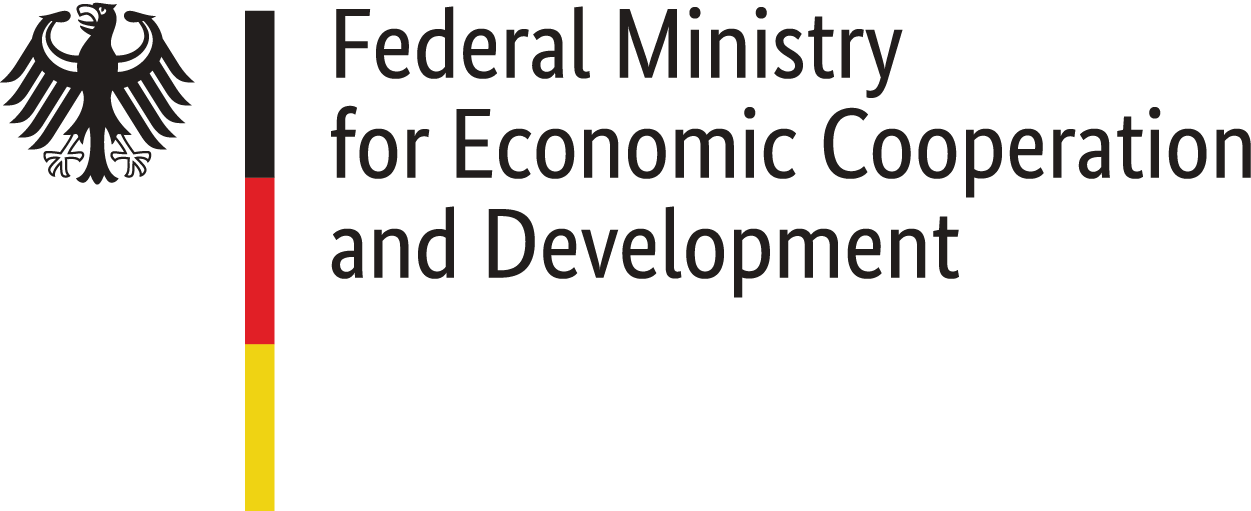Legal Background
From Argentina’s return to democracy in 1983 to the 2000s, the country’s audiovisual communication media system went through a transformation process that began with futile attempts to enact democratic regulations (1984–1988) aimed at replacing all de facto laws. In 1989 national media groups were created and, in 1994 the approval of foreign investment in the industry led to the creation of large transnational groups (1995–2000). After 1999, media concentration was definitely legitimized.
The 1990s were marked by an unprecedented process of audiovisual media mergers and acquisitions. Legislation was later amended to adapt the rules to the existing market needs. Until 2009, the system remained virtually unchanged and continued to reproduce the historical geographic concentration of media (including production and turnover) in the city of Buenos Aires.
Until then, legislation on radio broadcasting, which was passed during the last civil-military dictatorship, precluded non-profit organizations from owning media. As a result, access to the audiovisual media system was restricted to corporations. De jure, telecoms companies were banned from the audiovisual system, according to bid specifications for basic telephony services set in 1990. However, in practice, one of these companies, Telefónica Spain, controlled two open TV channels in Buenos Aires as of 1998. It eventually kept the one with the highest levels of audience, Canal 11 – Telefé.
The print sector has been historically subject to a few regulations, which are based on the provisions contained in Articles 14 and 32 of the Argentinian Constitution. The largest media outlets were located in Argentina’s most important cities and were highly dependent on the news agencies located in the city of Buenos Aires. In addition, since late 1976, the two largest print media outlets in the country, newspapers Clarín and La Nacion, have owned newsprint factory Papel Prensa, together with Argentina’s National Government.
Law 26.522
Against this backdrop, the enactment of Law 26.522 (Law on Services for Audiovisual Communication) in 2009 disrupted the system, with 25 public forums having discussed the draft bill across the country, based on 21 items suggested by the civil society in 2004. The new law included many of the guidelines established by international human rights instruments and protocols, academic and social proposals, as well as recommendations by other experts in active public policy-making to protect pluralism and diversity. However, it was criticized for having been enacted amidst a cyclical confrontation between the Government and leading media outlets in Argentina. Later, its constitutionality was subjected to judicial review. In terms of content, its scope did not include print or text-only digital media, such as online newspapers. Moreover, its final version did not mention telecoms companies as possible audiovisual service providers, though the first draft had included a considerable number of conditions to prevent predatory practices.
As for the positive changes brought about by the law, two major milestones were reached in media ownership: a broad definition of service providers was established and a set of limitations to media concentration were stipulated. Many of the articles containing these changes were later repealed by Mauricio Macri, who took office in December 2015.
Objections
Immediately after the law 26.552 had been enacted, its constitutionality was brought into question by Argentina’s largest media group, Grupo Clarín. After four years of court proceedings, Argentina’s Supreme Court confirmed that the law was constitutional and concluded that Grupo Clarín had not presented any evidence on how its freedom of expression was affected or restricted by the law. Therefore, it was not entitled to request that a general law regulating competition in a sector of the economy was rendered inapplicable.
Based on the principle of equality before the law, the court procedure hampered the law from being enforced against other media players (as the law could not be enforced against the largest media group in the country by virtue of a protective measure, it could not be enforced against other media groups). Yet, court proceedings came to an end without ensuring the law’s full enforcement.
Digital Media
In 2014, Law 27078, known as “Argentina Digital”, was enacted to update another law passed during the military dictatorship, the National Law on Telecommunications. This new law was aimed at supplementing Law 26522, by acknowledging technological convergence and the way it affected operators. However, it continued to separate audiovisual services from telecommunications, and appointed different authorities to oversee them.
As a result, it established the Federal Authority for Information Technology and Communications (AFTIC) as the regulatory body of telecommunication services and ICTs. Likewise, the access to licenses and license holder obligations were subject to different criteria.
Macri's reforms to Media Law
On December 10, 2015, a new administration came into power in Argentina. That very first day, an executive order (12/15) was signed to amend the Law on Ministries. Some days later, another executive order (236/15) subjected AFSCA (the audiovisual communication services authority until then) to official intervention. Lastly, on December 29, the Executive Power finally dismantled the current legislation on audiovisual services and telecommunications by means of Emergency Decree 267/2015.
This measure removed the aspects that had been questioned by Grupo Clarín and that had been later confirmed by the Supreme Court. Indeed, the emergency decree increased from ten to 15 the number of open TV and radio licenses a single group could be granted, removed ceilings in cable TV and paid TV services by turning them into ICTs (from a ceiling of 24 licenses with geographical restrictions to a single license that covers the Argentinian territory in its entirety), suspended cross-media ownership restrictions (among owners of open TV channels and owners of cable TV distribution networks) and lifted the banning on providing services to over 35% of the population.
The bodies responsible for the enforcement of Law 26522 (such as the Federal Authority for Audiovisual Communication Services and the Federal Council of Audiovisual Communications) and of Law 27078 (such as the Federal Authority for Information Technology and Communications, and the Federal Council on Telecoms and Digitalization Technologies) where also dissolved.
A new enforcement body was created, ENACOM, and no restrictions were imposed on the Executive Power regarding the appointment and removal of the members of that body. As a result, there were no basic guarantees that ensured the autonomy and independence of enforcement bodies. Argentinian legislation moved away from the most consolidated antitrust standards in the region and from the existing entry barriers to those providers that controlled significant portions of the market.
Access to public information
In April 2016, facing the demands of the civil society, National Government representatives informed the Inter-American Court of Human Rights that they would put forward a new bill on convergent communications that considered the principles of pluralism, diversity and social participation, based on the standards set by the Inter-American Human Rights System. Three years later, at the time MOM Argentina’s report was written, such bill had not been brought before Congress.
In September 2016, the Argentinian Congress passed the Law on Access to Public Information (Law 27275), which became the first federal rule aimed at guarantying this right to all State agencies in all branches of government. It also reached both for-profit and non-profit organizations that received State funds and required that they were held accountable. The enactment of this law was an improvement, since until then, there was only an executive order from 2003 that regulated access to public information in government agencies.
Competition Defense Law
In 2018 a new Competition Defense Law was passed. It created a new decentralized, autonomous body under the Executive Power, the National Commission for the Defense of Competition, which was in charge of a Competition Defense Court, a Department for the Investigation of Antitrust Practices and a Department of Economic Concentration. Its members are appointed after taking a civil service test, and their appointment must be also approved by Argentina’s Upper House.
On December 19, 2018, the Argentinian Congress passed the Law 27498 that deregulated the newsprint market. The law is short and focuses mainly on repealing eight articles of Law 26736, which had been enacted in 2011 and declared that paper pulp and newsprint manufacturing, commercialization and distribution were of public interest.
The sector became virtually deregulated, with a single newsprint manufacturer across the country, Papel Prensa S.A. As a result, the price of paper can be set freely by Papel Prensa, which has no obligation to fill purchase orders by competitors even if it has stock to do so. Therefore, there is no guarantee that all buyers will be able to purchase paper at the same price.
State advertising
Over the last 10 years, discussions about the allocation of official advertising have intensified. At a national, provincial and local level, there have been cases that show the lack of clear, rational and non-discriminatory regulations for the allocation of State funds for advertising. However, discussions have reached a plateau in the National Congress, as well as in provincial legislatures and city councils. The bills currently drawing legislative attention (one of them was preliminarily approved by the Upper House in 2016) have serious shortcomings in terms of scope and allocation criteria. Resolution 247, which was enacted in 2016 by the Chief of Cabinet of Ministers (which is responsible for allocating official advertising on behalf of the National Government), has similar failures.
Mega-merger in Telecommunications
Finally, the most important event in 2018 was the approval of the merger between Cablevisión and Telecom. The merger between Telecom Argentina S.A. (owned by investment fund Fintech, which belongs to Mexican businessman David Martínez) and Cablevisión Holding S.A. (60%-owned by Grupo Clarín and 40%-owned by Martínez himself) had been announced in December 2017.
As a result, the services provided by Cablevisión and Fintech together account for 55% of fixed broadband internet access (95% in some regions of the country), 40% of landline telephony, 33% of mobile telephony and 39% of prepaid TV (around 60% if only cable TV is considered).
Its approval by ENACOM and the favorable decision made by the National Commission for the Defense of Competition, which imposed only a few requirements, consolidated Grupo Clarín as the most powerful player in the Argentinian convergent communications sector and as one of the largest media groups in Latin America.


